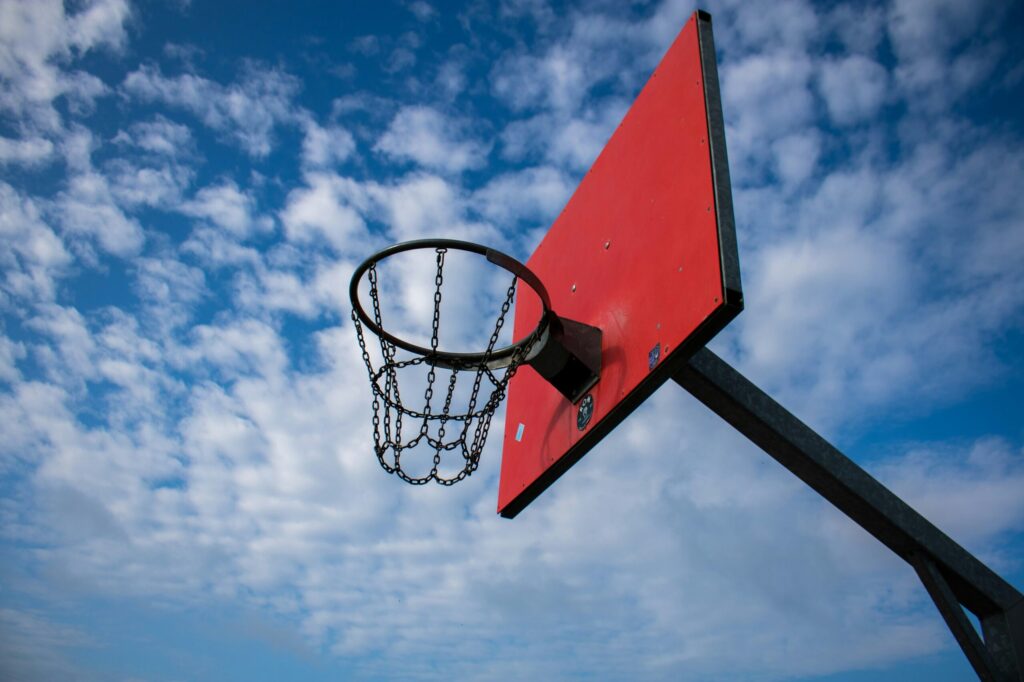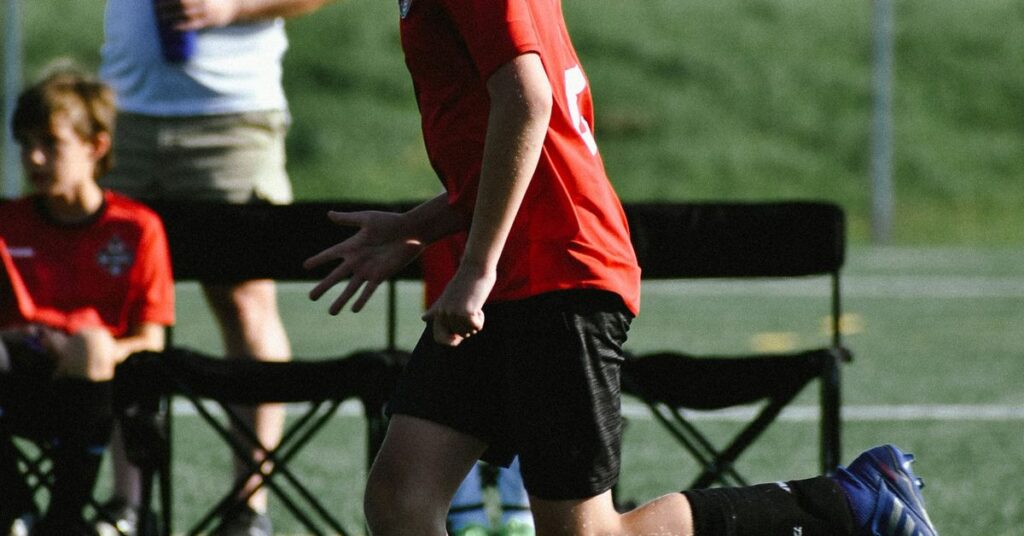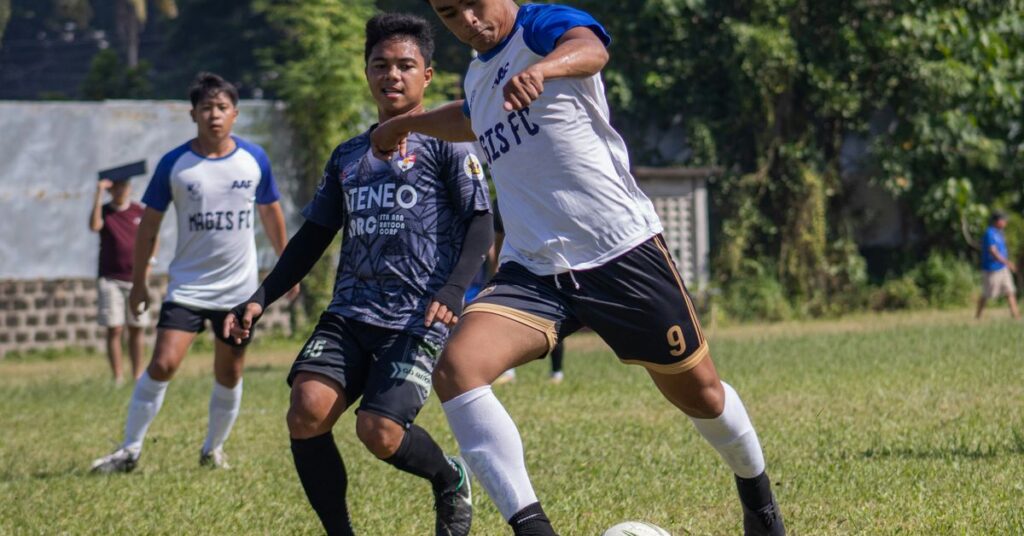Innovations in Athletic Training Technologies
Athletic training technologies have undergone significant advancements in recent years, revolutionizing how athletes prepare, perform, and recover. These innovations leverage cutting-edge science and technology to enhance training efficiency, injury prevention, and overall performance optimization.
1. Wearable Technology
Wearable devices have transformed athletic training by providing real-time data on various physiological metrics. Devices like smartwatches, fitness trackers, and biometric shirts monitor heart rate, oxygen saturation, sleep patterns, and more. Athletes and coaches use this data to personalize training regimens, adjust intensity levels, and prevent overtraining.
- Example: The WHOOP strap monitors heart rate variability and sleep quality, helping athletes understand recovery needs.
2. Biomechanical Analysis
Advances in biomechanical analysis offer detailed insights into movement patterns and efficiency. Motion capture systems, force plates, and 3D imaging technologies precisely measure joint angles, forces exerted, and muscle activation. Coaches use this data to optimize technique, correct flaws, and reduce injury risk.
- Example: The use of motion capture suits in baseball helps pitchers refine their throwing mechanics to prevent shoulder injuries.
3. Virtual Reality (VR) and Augmented Reality (AR)
VR and AR are transforming training environments by creating immersive simulations. Athletes can practice in realistic scenarios without physical risk. VR enhances cognitive skills, decision-making abilities, and spatial awareness, while AR overlays data onto the real world, providing instant feedback on performance metrics during training sessions.
- Example: Football quarterbacks use VR simulations to practice reading defenses and making split-second decisions under pressure.
4. Recovery Tools
Technological advancements in recovery tools have accelerated post-training and post-injury rehabilitation. Compression therapy, cryotherapy chambers, and percussion massagers aid in muscle recovery, reduce inflammation, and promote faster healing. These tools are integral to maintaining peak performance over extended seasons.
- Example: NBA teams use cryotherapy chambers to expedite muscle recovery and reduce fatigue during intense game schedules.
5. Artificial Intelligence (AI) and Machine Learning (ML)
AI and ML algorithms analyze vast amounts of data to predict performance outcomes, identify injury risks, and personalize training plans. These technologies process data from wearable devices, biomechanical analyses, and historical performance metrics to provide actionable insights for coaches and athletes.
- Example: TrackMan uses AI to analyze pitching data in baseball, helping coaches understand pitcher performance and potential injury risks based on pitch velocity and mechanics.
Conclusion
Innovations in athletic training technologies continue to evolve, offering unprecedented opportunities for athletes to maximize their potential and stay competitive. From wearable devices providing real-time feedback to AI-driven analytics predicting performance outcomes, these advancements are reshaping the landscape of sports training. Embracing these technologies not only enhances athletic performance but also promotes long-term health and injury prevention.
As technology continues to advance, the future holds even greater promise for athletic training, with continued integration of AI, VR, and personalized medicine transforming how athletes prepare and perform on the world stage.











